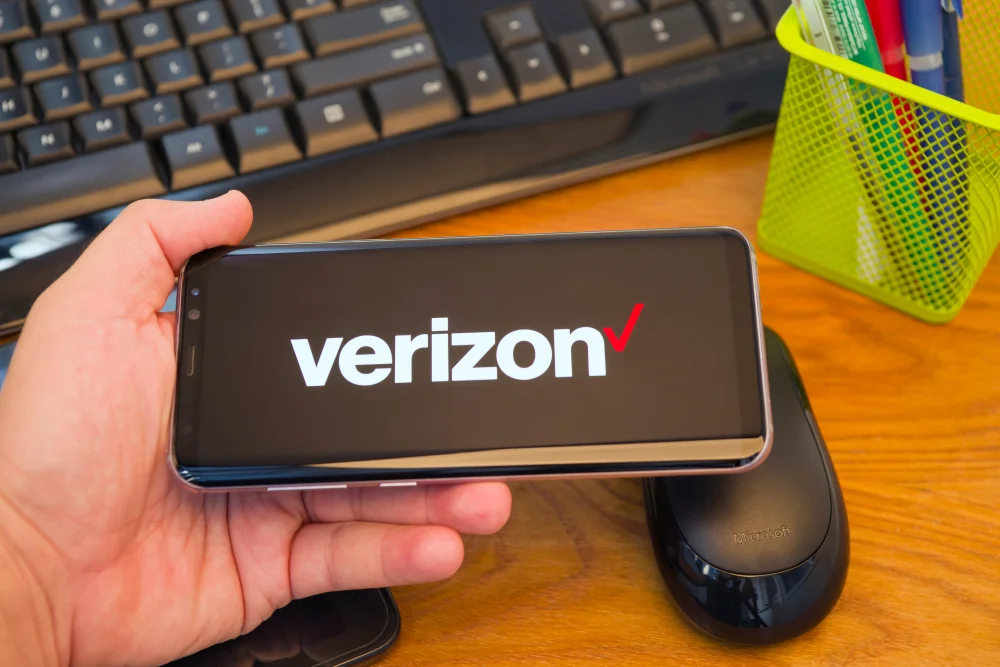
The Role of Offline Apps in Reducing Roaming Costs
Let’s face it—roaming charges can be brutal. You step off the plane, turn on your phone to check the weather or grab directions, and boom: you’re hit with a notification saying, “You’ve used €50 in data.” It’s one of those painful travel experiences that can turn a dream vacation or a business trip into a budgeting nightmare.
But what if I told you there’s a simple, often overlooked solution? One that doesn’t involve switching SIM cards or buying eSIM plans (though those are great too). I’m talking about offline apps—those little lifesavers that keep working even when your mobile data is turned off.
In this post, we’ll chat about how offline apps help slash roaming costs, what types of apps you should be using, and how to prep your phone before your next trip.
Why Roaming Costs Add Up So Quickly
Before we dive into offline apps, let’s talk about why roaming is such a wallet-drainer.
When you use mobile data abroad, your home network connects to a foreign network to give you access. This often comes with steep fees, especially if you’re outside the EU or don’t have a travel plan set up. Even simple things like auto-syncing email, social media updates, or map loading in the background can rack up costs.
And let’s be honest—most of us forget to switch off roaming until it’s too late.
So what’s the solution? One word: offline.
What Are Offline Apps?
Offline apps are applications that don’t require an internet connection to function. They let you download content, maps, documents, entertainment, or translations beforehand so that you can access them later without using any data.
They’re not only useful—they’re game-changers for travelers. Whether you’re in a remote area with poor coverage or trying to avoid surprise charges, offline apps let you stay productive, entertained, and informed without touching your data allowance.
How Offline Apps Help Slash Roaming Costs
Here’s how they make a real difference:
1. Navigation Without Data Drain
Google Maps lets you download areas for offline use. Apps like Maps.me or Here WeGo take it a step further with detailed offline routing. That means you can still find your Airbnb, catch the right bus, or explore a new city without burning through mobile data just to load a map.
2. Language Translation Without Google Translate Bills
Need to ask where the bathroom is in Japanese? No problem. Apps like Google Translate and iTranslate let you download entire language packs. You can translate menus, signs, and conversations—without connecting to a network. Handy and very cost-effective.
3. Entertainment Without Streaming Charges
Waiting at the airport or stuck on a long train ride? Instead of streaming YouTube videos or Netflix (which eats a TON of data), download shows and playlists in advance. Spotify, Netflix, YouTube Premium, and Audible all support offline downloads. A lifesaver for parents traveling with kids or anyone who wants to stay entertained without paying €10 per GB.
4. Offline Note-Taking and Planning
Apps like Notion, Evernote, and even Google Docs let you use offline modes. That means you can still plan your itinerary, write a travel journal, or draft work emails on the go. No more searching for a café with free Wi-Fi to jot down ideas.
5. Digital Guides & Travel Books
Gone are the days of bulky Lonely Planet books. Apps like Rick Steves Audio Europe, Culture Trip, and TripAdvisor City Guides let you download entire city guides, museum tours, and audio walks for offline use. Zero roaming, but full cultural immersion.
Prepping for a Data-Smart Trip
If you want to take full advantage of offline apps, a little prep goes a long way. Here’s a quick checklist before you hop on that plane:
- Download maps of your destination and important areas (hotel, airport, transit stations).
- Grab offline playlists, shows, or podcasts for downtime.
- Install language packs for the countries you’re visiting.
- Save boarding passes, reservation emails, and important documents in your files app or PDF viewer.
- Turn off background data on apps that might try to sync when you connect to a foreign network.
And of course—test the apps offline before you leave, so you’re not fumbling at baggage claim trying to figure out why something isn’t working.
Combining Offline Apps with eSIM or Local SIMs
Now, here’s the best part: offline apps work beautifully with travel-friendly connectivity options like eSIMs or local SIM cards. You can buy a small data package (like 1GB or 2GB) and rely on offline apps to stretch that further. You’ll only need data when you really need to be online—like hailing a ride or sending a quick message.
This combo approach is ideal if you’re traveling through multiple countries, want to avoid high roaming charges, and still need occasional access to the internet.
Real Talk: What Offline Apps I Always Use When Traveling
I travel often, and here’s what’s always on my phone:
- Google Maps: I download every city I visit—takes a minute, saves a fortune.
- Spotify: I never stream music abroad. My playlists are always ready offline.
- Google Translate: Essential in countries where I don’t speak the language.
- TripIt: For organizing flights, hotels, and plans—accessible without internet.
- Pocket: I save articles and blogs to read later on the plane or train.
- Kindle: My library of travel books is always offline.
The result? I hardly ever need to connect unless I’m posting a photo or checking email. No stress. No surprise bills.
Final Thoughts
Roaming doesn’t have to be the scary monster it used to be. Thanks to offline apps, smart travelers can explore the world, stay entertained, and get things done—without burning through their savings on mobile data.
So before your next trip, do yourself a favor: spend 15 minutes downloading what you need. It could save you hundreds in roaming fees—and make your travels a lot smoother.
Because the best kind of connection? The one that doesn’t cost you €12 per megabyte.









